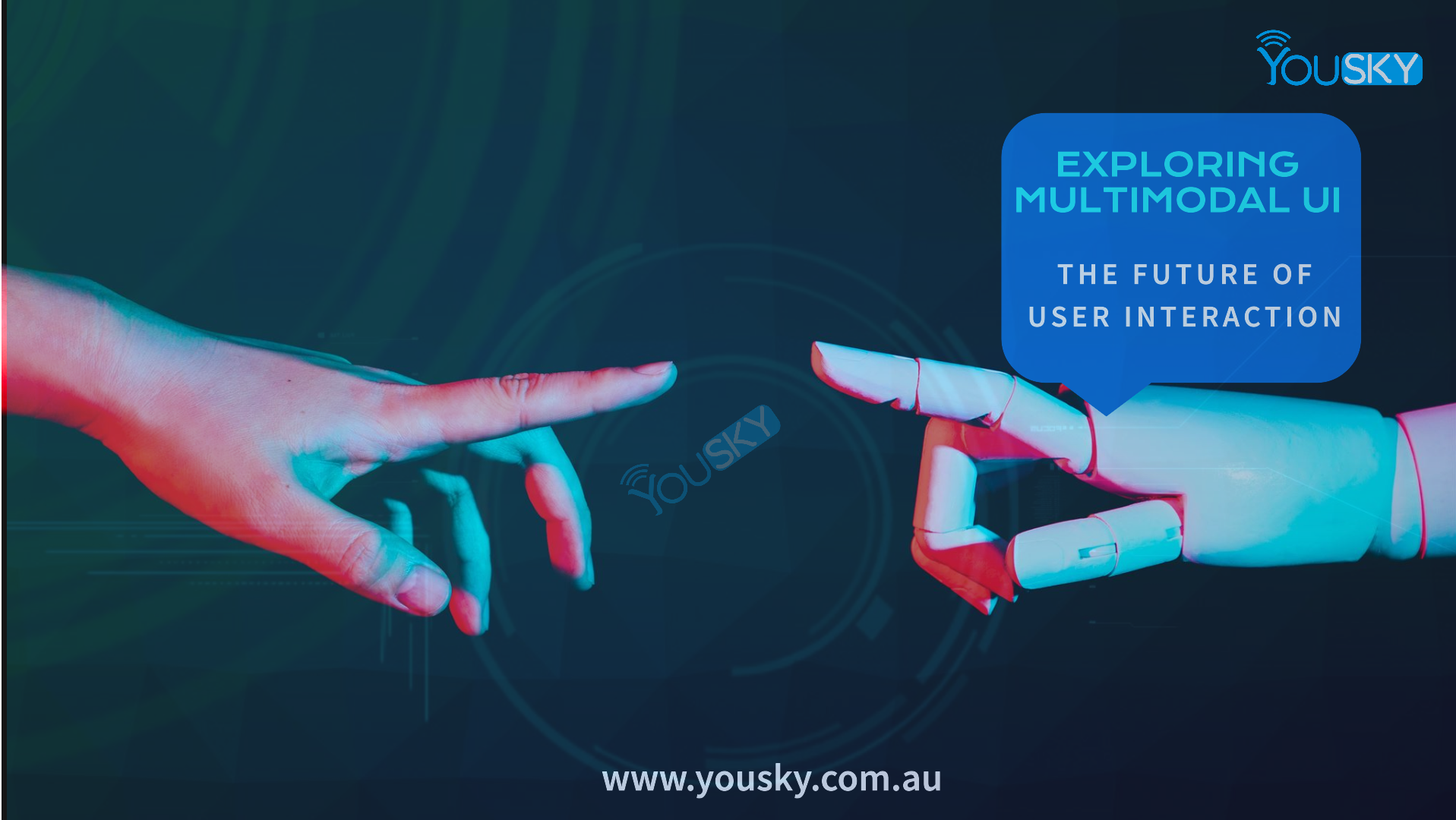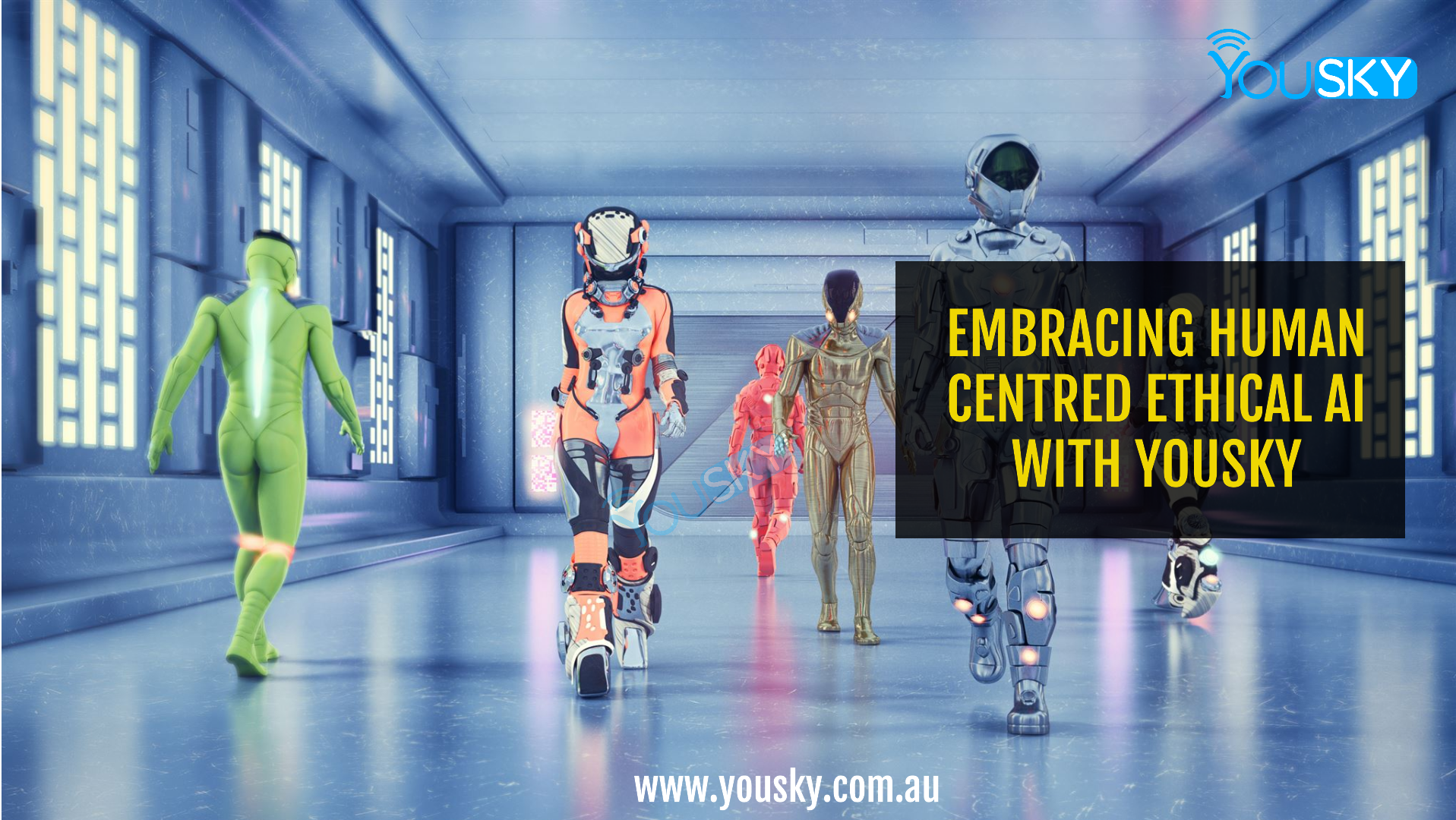
In the rapidly evolving landscape of user interfaces (UIs), multimodal UI stands out as a transformative approach that integrates multiple modes of interaction, catering to the diverse preferences and capabilities of users. From voice commands and gestures to touchscreens and haptic feedback, multimodal UI seamlessly combines these elements to enhance user experience (UX) and accessibility across various digital platforms.
Understanding Multimodal UI
Multimodal UI refers to the integration of different input and output modes in a single interface, allowing users to interact through a combination of voice, touch, gestures, and even eye tracking or biometric sensors. This approach not only accommodates users with different abilities but also leverages the strengths of each modality to create intuitive, efficient, and engaging user experiences.
Benefits of Multimodal UI
1. Enhanced User Experience: By offering multiple interaction options, multimodal UI caters to diverse user preferences, making interactions more natural and personalized.
2. Improved Accessibility: It ensures inclusivity by accommodating users with disabilities or limitations that may affect their ability to use traditional interfaces.
3. Increased Efficiency: Users can choose the most convenient mode of interaction based on context, speeding up tasks and reducing cognitive load.
4. Adaptability Across Devices: From smartphones and tablets to smart speakers and IoT devices, multimodal UI adapts seamlessly, providing consistent experiences across different platforms.
Applications Across Industries
1. Consumer Electronics: Smart home devices, wearable technology, and automotive interfaces benefit from multimodal UI to offer safer and more intuitive user interactions.
2. Healthcare: Medical devices and patient interfaces can integrate voice commands and touchscreens for hands-free operation, improving usability for medical professionals and patients alike.
3. Retail and E-commerce: Virtual assistants and augmented reality (AR) shopping experiences leverage multimodal UI to enhance product discovery and purchasing processes.
4. Education: Interactive learning platforms use multimodal interfaces to engage students through voice-activated quizzes, gesture-based simulations, and tactile feedback.
Challenges and Considerations
1. Integration Complexity: Designing effective multimodal UI requires careful consideration of context, user preferences, and technological capabilities.
2. Privacy and Security: Voice and biometric data collection raise concerns about privacy and data security, necessitating robust measures to protect user information.
3. Training and Adoption: Users may require time to adapt to multimodal interfaces, emphasizing the need for intuitive design and user education.
The Role of Yousky in Multimodal UI Advancements
As businesses navigate the complexities of integrating multimodal UI into their products and services, Yousky emerges as a pivotal partner in this transformative journey. Specializing in Data, Analytics, and AI services, Yousky offers tailored solutions to enhance multimodal UI implementations:
1. Data-Driven Insights: Yousky leverages advanced analytics to gather actionable insights into user behaviors and preferences across different interaction modalities. This data-driven approach informs UI design decisions, ensuring optimal user engagement and satisfaction.
2. AI-Powered Personalization: Through machine learning algorithms, Yousky enables personalized user experiences by adapting multimodal UI based on individual preferences and usage patterns. This customization enhances user retention and loyalty while driving business growth.
3. Integration Expertise: Yousky supports businesses in seamlessly integrating multimodal UI features into their existing platforms and devices. From prototype development to deployment, Yousky’s expertise accelerates time-to-market and reduces implementation risks.
4. Compliance and Security: With a focus on data privacy and regulatory compliance, Yousky implements robust security measures to safeguard sensitive user information, fostering trust and credibility in multimodal UI solutions.
Multimodal UI represents a paradigm shift in user interaction, offering unparalleled versatility and accessibility across digital platforms. As businesses embrace this innovative approach, partnerships with experts like Yousky will be crucial in navigating complexities, harnessing data-driven insights, and delivering exceptional multimodal experiences that redefine industry standards.
Contact Yousky to explore further on leveraging multimodal UI solution for your applications.


